- Indian Theatre: A Reflection of Cultural Diversity and Artistic Expression
- Modern Indian Theatre and Social Change
Indian Theatre Introduction
India is a land of myriad stories, primarily because of its cultural diversity. These stories have been told through different mediums for ages, including multiple forms of performing arts like music, dance, drama, puppetry, etc.
In This Article
In ancient India, drama was one of the most popular ways of telling stories. Playwrights like Bhasa, Kalidasa, Shudraka, Vishakadatta, Bhavabhuti, and Harsha created many Sanskrit dramas in the first century. Their work was as important and influential as other strong theatrical traditions worldwide.
Ancient texts also suggest that theatre as an aesthetic practice existed on the Indian subcontinent from the dawn of civilization.
Natyasastra
Natyasastra, written by Bharat Muni, is the first text in the history of Indian theatre to try to depict the performers’ minds. It also prescribes in detail the kind of people likely to be involved in a dramatic performance. It was written to clarify the Natyaveda, which was considered a manual for theatre workers to help the performers of ancient India.
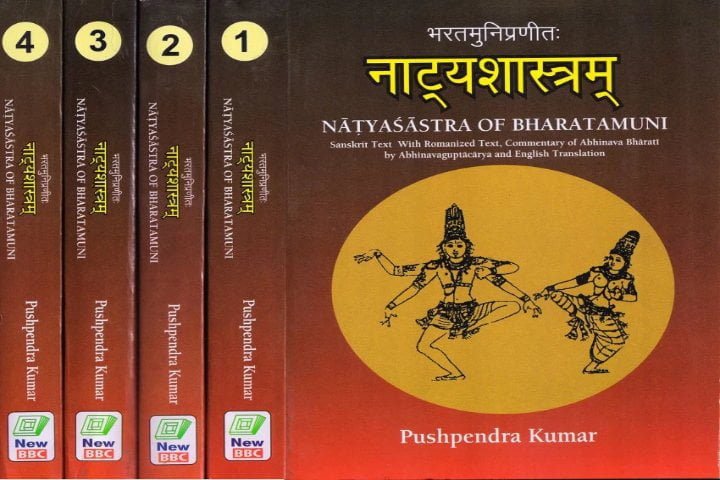

Besides storytelling, the dramatic art developed in ancient India also stressed the importance of the performers, which is believed to be the reason behind the popularity of these dramas.
There were several pertinent questions related to the performers, like:
- What were their ways of thinking?
- What was their vision towards acting?
- How did they try to communicate with the audience?
- How did they try to analyze society?
Natya Shastra meticulously describes ten classifications of drama, ranging from one-act plays to ten-act epics. It is a comprehensive guide for playwrights, directors, and actors, the three inseparable elements in creating a dramatic performance.
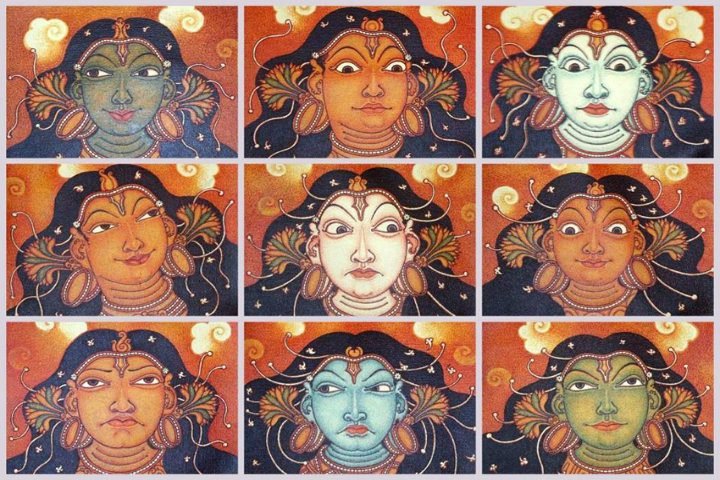

The 35th chapter of the Natyasastra elaborates on the different types of personalities with specific traits suitable for performing in a theatre group.
- Bharata: stage manager, producer, or someone who can perform everything related to a production. A multidimensional person
- Vidusaka: Person to make fun of, i.e. a jester
- Tauripta: A person skilled in music, an expert in all musical instruments
- Nata: The person performs as an actor-dancer
- Sutradhara: A person specializing in applying the songs and music during the performance, the Director
- Natyakara: One who expresses the various rasa’s bhava’s natural to the people through different characters, the playwright
- Nandi: A person praising in Sanskrit or Prakit
- Nayaka: A person engaged in directing dance during a performance
- Mukutakara: A person engaged in making headgear for every character
- Abharanakara: A person engaged in making ornaments for a performance
- Malyakara: A person engaged in making garlands for the characters of a performance
- Vesakara: A person engaged in making costumes for a performance
- Chitrakara: Person engaged in painting for performance
- Rajaka: The person engaged in cleaning the costumes
- Karukara: A Person engaged in decorating the hall with wooden idols or sculptures
- Kusilava: A Person who can dance and play musical instruments during performance
This list helps to understand the components of a theatre group. Natyasastra includes the name of each and every allied work considered necessary for performance, not just the work of acting.
Hence, the Rajakas or Malyakaras were respected as part of the theater group, even though they were not directly involved in the performance. They can be seen as theater staff or individuals associated with the theatrical production.
The Natyashastra explores the goals of performance arts, the roles of playwrights, artists, and spectators, and their relationships during performances.
The text incorporates aesthetics, values, and descriptions of the arts with mythologies related to Hindu deities. It takes the approach that entertainment is not art’s primary goal but aims to elevate and transport spectators into the realm of ultimate reality and transcendent values.
The ‘Rasa’ theory suggests that the goal of performance arts is to entertain. It aims to transport the audience into a different reality, where they can reflect on spiritual and moral questions while experiencing wonder and the essence of their own consciousness.
The Narrative Tradition
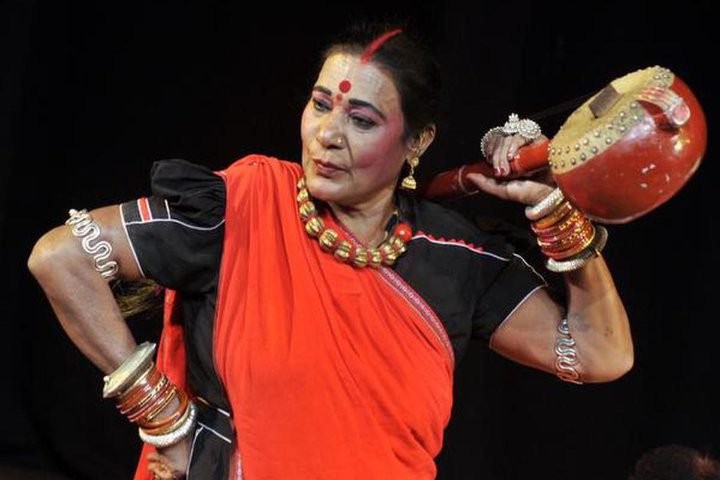

The art of storytelling has always been closely connected to theater in India. The earliest theatrical performances combined speaking, singing, and dancing to create a captivating form of storytelling.
This focus on storytelling has allowed Indian theater to smoothly include other types of literature and fine arts in its physical performance. This creates a truly multidisciplinary artistic experience.
Theatre has always been an important medium of communication in India. As a form of communication, theater can uniquely inform, entertain, persuade, and connect people. Its multifaceted nature allows for dissemination of messages that resonate with diverse audiences, making it an invaluable tool for addressing sociological issues.
The communication model of theatre can be broken down into several key components:
- Sender: In the theatre context, the sender is the group of artists, writers, directors, and performers who create the message and bring it to life on stage.
- Message: The message includes the stories, themes, and social commentary embedded in the theatrical production, addressing issues that resonate with the intended audience.
- Channel: The channel refers to the medium through which the message is conveyed, in this case, the theatrical performance itself, including elements such as dialogue, staging, lighting, and sound.
- Receiver: The receiver is the audience, made up of individuals from diverse backgrounds who engage with the performance and interpret the message through their unique perspectives and experiences.
- Feedback: Theatre is an interactive medium, allowing for immediate feedback from the audience through reactions, applause, or post-performance discussions. This feedback loop serves as a valuable tool for artists to assess the impact of their work and refine their approach.
This communication model allows theater to start conversations, question societal norms, and motivate people to make positive changes. Its ability to connect with audiences on an emotional and intellectual level makes it a strong force in shaping public discussions and promoting social change.
The Growth of Theatre in India
There are many different sources that have influenced and inspired modern Indian theater as we know it today. The Sanskrit theatre tradition, folk theatre tradition, and Western theatre tradition are the three main influences on modern Indian theatre.
Sanskrit or Classical Theatre
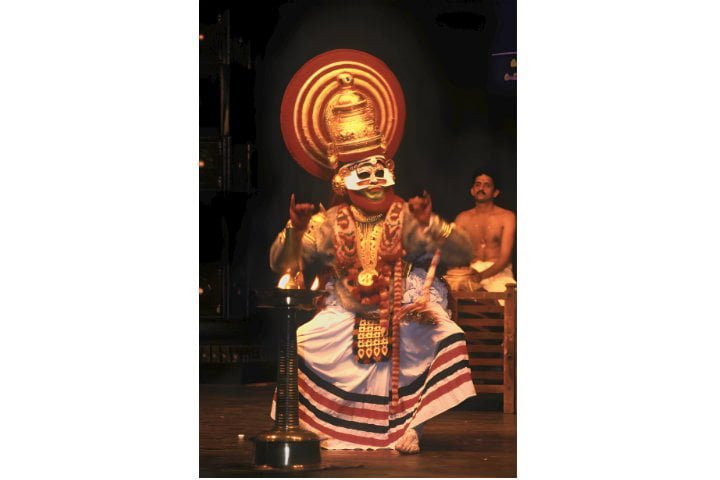

The earliest known form of theatre in India was the Sanskrit or Classical theatre, characterized by its high degree of refinement in performance technique. Koodiyattam originated in Kerala and is considered the world’s oldest classical theatre form.
This sophisticated theatrical tradition was rooted in the principles outlined in the Natya Shastra and was primarily urban-oriented, catering to the refined tastes of the elite classes.
Folk Theatre
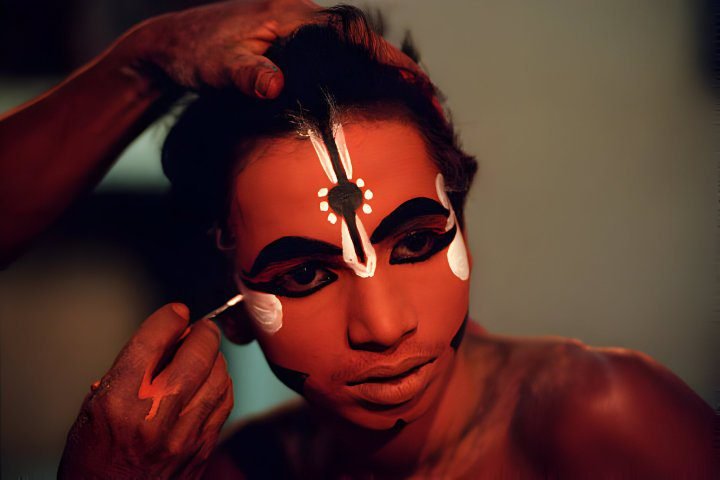

Parallel to the evolution of the classical theatre, a vibrant folk theatre tradition emerged from the oral traditions of rural India. This form of theatre, deeply rooted in the cultural and social fabric of the villages and communities, has continued to thrive until the present day in almost every region of the country.
In stark contrast to the highly stylized classical theatre, folk theatre evolved from rural roots. Its simplicity in form and nature characterized it, offering an immediate and authentic connection to the rural setting.
Types of Theatre in India
Indian folk theatre can be broadly categorized into two main streams: religious and secular.
Religious Theatre
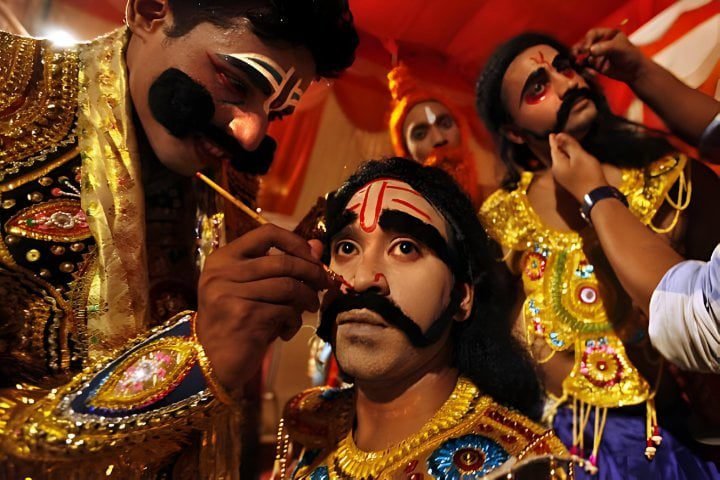

The religious or ritual theatre forms, like Ramlila, Rasleela, and Bhand Nautanki, are mainly focused on storytelling through singing and recitation. They often portray mythological stories and reenact sacred rituals to preserve and spread cultural and religious traditions.
Although these theater styles may vary in execution, staging, costumes, makeup, and acting styles, they all share a common theme of respect for the divine and preserving local customs.
Secular Theatre
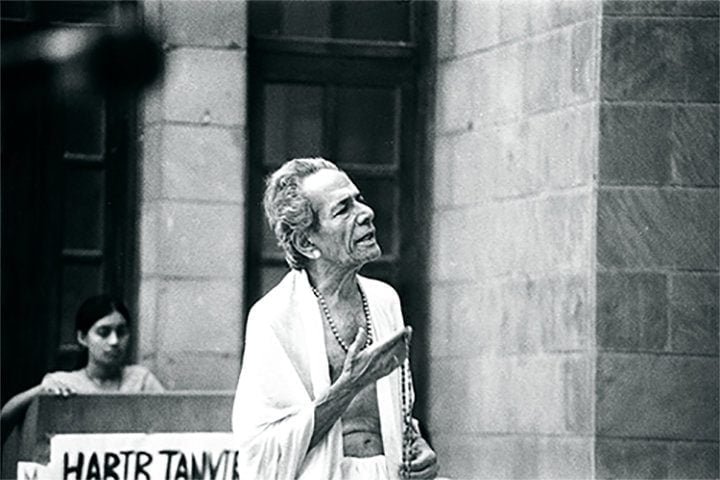

Secular theatre, or “theatre of entertainment,” covers various topics, like romance, love, valor, and social and cultural traditions. Its main goal is to provide entertainment for the public and give people a break from their daily routines.
It’s also a way to celebrate the experiences of human life. Some examples of this type of theatre are Nautanki/Swang from North India, Tamasha from Maharashtra, and Jatra from East India.
The Evolution and Influence
As India modernized, its theatrical traditions changed significantly, adapting to the new social and cultural environment while keeping their core essence. The impact of Western literature and theater, along with the growing sense of nationalism and pride in the country’s history, brought new stories and perspectives to Indian theater.
Contemporary Indian theatre has witnessed the rise of visionary directors and playwrights who have pushed the boundaries of theatrical expression. Names like B.V. Karanth, Habib Tanvir, Bansi Kaul, Rattan Thiyyam, and Feroz Khan have left an indelible mark on the national and international stage, pioneering innovative approaches and experimental styles that have redefined the very essence of Indian theatre.
Conclusion
Indian theatre remains a vibrant and dynamic reflection of the nation’s diverse cultural landscape. From the ancient roots of ritual and storytelling to the contemporary exploration of social and political themes, Indian theatre has consistently served as a mirror, reflecting its people’s hopes, struggles, and aspirations.

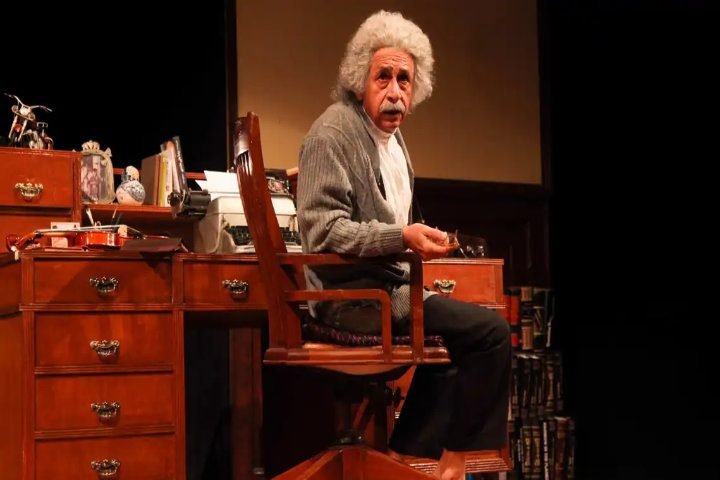

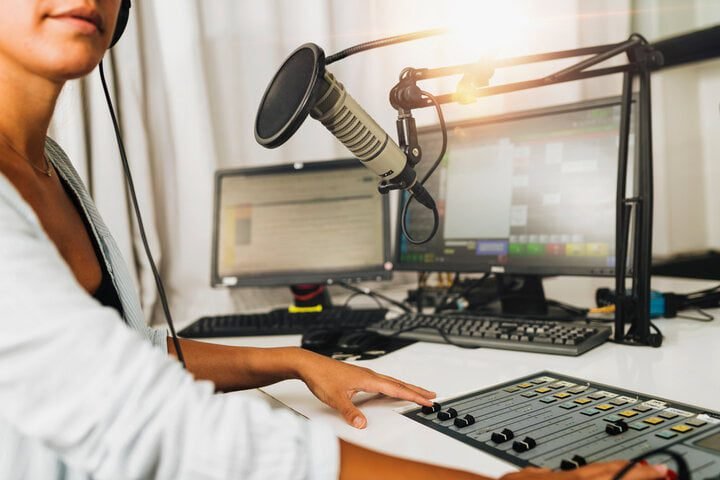

This blog brilliantly highlights Indian theatre’s rich cultural diversity and artistic depth. It’s a fascinating read that showcases the vibrancy and complexity of India’s theatrical traditions. Highly recommended for culture enthusiasts!